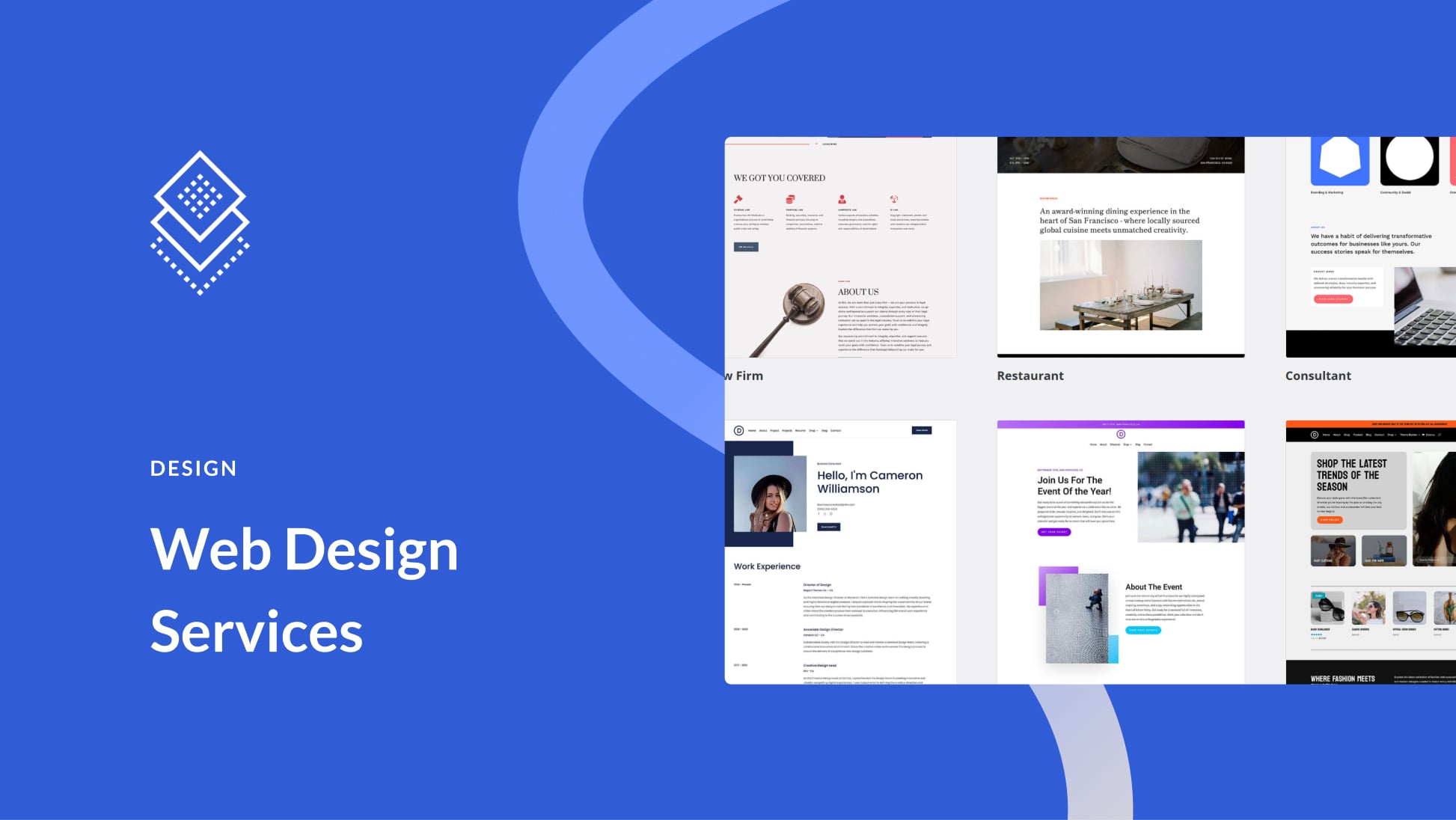Learn Exactly How Website Design Functions to Develop Involving Individual Experiences
Web layout plays a vital role fit individual experiences across digital systems. By understanding key principles like functionality and visual pecking order, designers can create internet sites that not only attract site visitors however also motivate them to involve. Efficient formats and well-thought-out color design can significantly affect individual behavior. There are deeper considerations that go beyond looks, which are vital for fostering a comprehensive on the internet atmosphere. What are these elements that can change an easy internet site right into a compelling experience?
Comprehending the Principles of Web Design
The foundation of effective internet design hinges on a collection of core principles that lead the development of engaging customer experiences. These principles consist of use, accessibility, and visual hierarchy, each playing an important duty in exactly how individuals communicate with an internet site. Functionality guarantees that individuals can browse intuitively, locating info easily. Accessibility widens the reach of a site, suiting individuals with diverse demands and capabilities. Aesthetic hierarchy guides individuals' attention to crucial components, promoting less complicated understanding of material. Furthermore, consistency in layout components fosters familiarity, improving individual convenience. Color pattern and typography should match the overall visual while preserving readability. Responsive design adapts to various devices, ensuring a seamless experience throughout systems. By adhering to these concepts, developers produce internet sites that not only astound individuals but likewise assist them toward preferred actions, eventually enhancing interaction and satisfaction.
The Importance of Design in Individual Experience
Reliable design acts as a foundation for user experience, influencing how site visitors perceive and connect with an internet site. A well-structured design guides customers' attention, making it much easier for them to browse and find relevant info. By organizing content realistically, developers can create a smooth flow that minimizes cognitive load, enabling individuals to concentrate on their tasks.

Receptive formats guarantee that websites work well throughout various gadgets, keeping use no matter of screen dimension. Inevitably, a thoughtful format is essential in developing an interesting individual experience that fosters complete satisfaction, motivates exploration, and increases the likelihood of conversions. Interest to layout style is important for effective web communications and general individual involvement.
Shade Schemes and Their Impact on Interaction
Just how do color design influence user interaction on sites? Shade plans play an essential function fit user assumption and habits. They evoke emotions and can considerably affect how customers engage with a website. Cozy shades like red and orange can stimulate excitement and necessity, while cooler tones like environment-friendly and blue commonly share peace and trust fund. - Website Company
Share Additionally, consistency in shade usage promotes brand name acknowledgment, making customers more probable to engage with familiar visuals. Reliable color contrast boosts readability, making certain individuals can conveniently browse content without strain. Additionally, the mental associations of shades can guide users toward preferred activities, such as clicking a call-to-action switch.
Eventually, a thoughtfully chosen color pattern can not only bring in individuals but additionally improve their overall experience, resulting in higher engagement prices and increased complete satisfaction. Web developers have to very carefully take into consideration shade selections to enhance individual interaction and promote a favorable atmosphere.
Navigating Ideal Practices for User-Friendly Site
What makes navigation easy to use and user-friendly on an internet site? Reliable navigating relies upon clear framework and logical power structure. Customers should easily find food selections, usually positioned at the leading or side of the web page, enabling fast accessibility to important sections. Consistency in layout components-- such as font styles, colors, and button designs-- helps with experience, improving individual comfort. Descriptive tags for navigation web links are necessary; they have to properly stand for the web content individuals can expect when clicked.
Additionally, integrating a search feature can assist individuals in locating particular info quickly. Dropdown menus can arrange subcategories without frustrating site visitors, while breadcrumb trails assistance users track their area within the Continued website. Mobile optimization is likewise crucial, as touch user interfaces necessitate bigger switches and receptive layouts. Inevitably, prioritizing simplicity and clarity in navigation permits users to involve extra efficiently with the site, fostering a positive customer experience.
Guaranteeing Ease Of Access for All Customers
Making certain ease of access for all customers is essential in website design, as approximately 15% of the global populace lives with some type of disability. Web designers must focus on inclusivity by adhering to established guidelines like the Internet Web Content Availability Standards (WCAG) These guidelines give crucial requirements that boost use for individuals with aesthetic, acoustic, motor, and cognitive problems.
Secret techniques consist of making use of descriptive alt message for photos, making certain adequate color comparison, and offering keyboard navigability. Additionally, applying screen viewers compatibility can significantly improve the experience for visually damaged users.
Checking websites with varied user groups, including those with impairments, can disclose possible barriers and inform needed changes. Enlightening design teams about availability can cultivate a culture of inclusivity, eventually producing read an extra appealing and user-friendly web experience. By prioritizing accessibility, designers not just increase their target market but additionally show social responsibility and commitment to equal access for all.
Often Asked Inquiries
What Tools Can I Use to Style My Site?
To design an internet site, one can use devices like Adobe XD, Figma, Map Out, and WordPress. These platforms offer different attributes for design, prototyping, and content monitoring, facilitating the production of visually enticing and useful websites.
Exactly How Can I Examine My Internet site's Customer Experience?
To test a site's customer experience, one can use tools like Google Analytics for habits monitoring, conduct functionality testing with actual customers, and gather comments via surveys to identify areas for enhancement and boost blog total interaction.
What Are Common Mistakes in Web Layout to Prevent?
Typical errors in website design include chaotic layouts, bad navigating, lack of mobile optimization, sluggish filling times, and making use of way too many typefaces or shades. These problems can impede customer experience and lower overall site effectiveness.
How Often Should I Update My Site's Design?
An internet site's layout should be updated every one to 3 years, or much more regularly if significant patterns emerge or customer comments shows frustration. Normal updates improve visual appeals and performance, making certain a appealing and fresh individual experience.
Can I Discover Website Design Without Coding Understanding?
Yes, one can find out internet layout without coding knowledge. Various devices and platforms permit customers to produce visually attractive websites via drag-and-drop user interfaces, making it possible for creativity without the complexities of programming languages.
